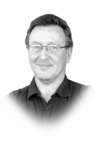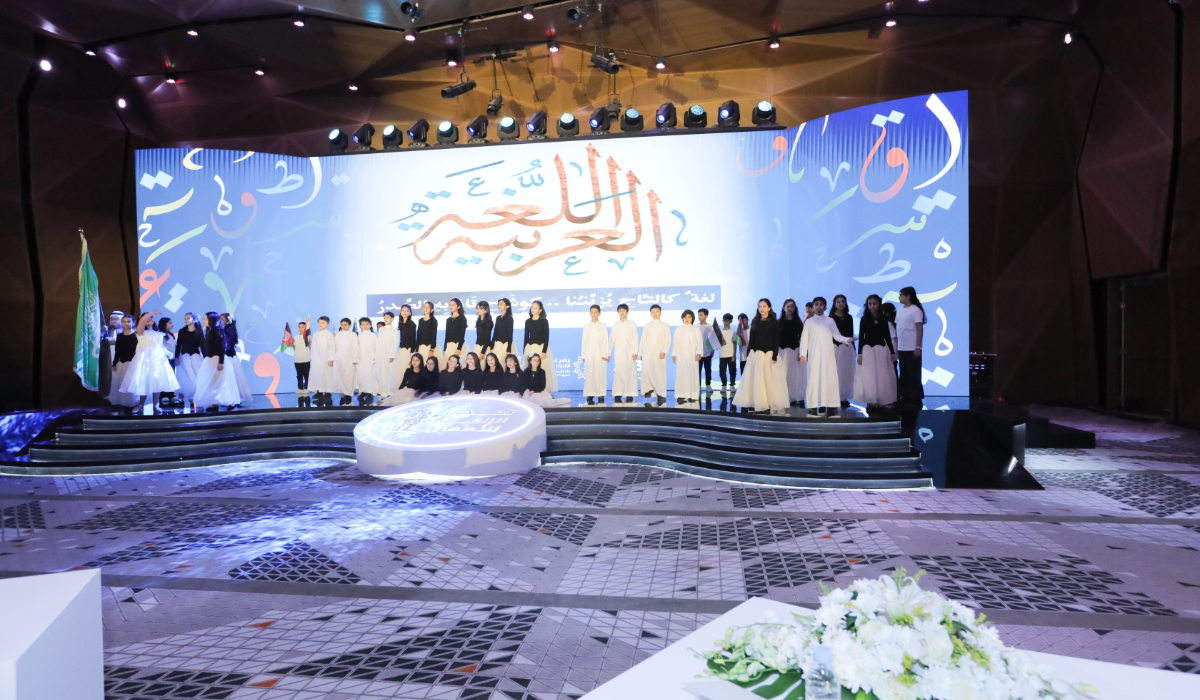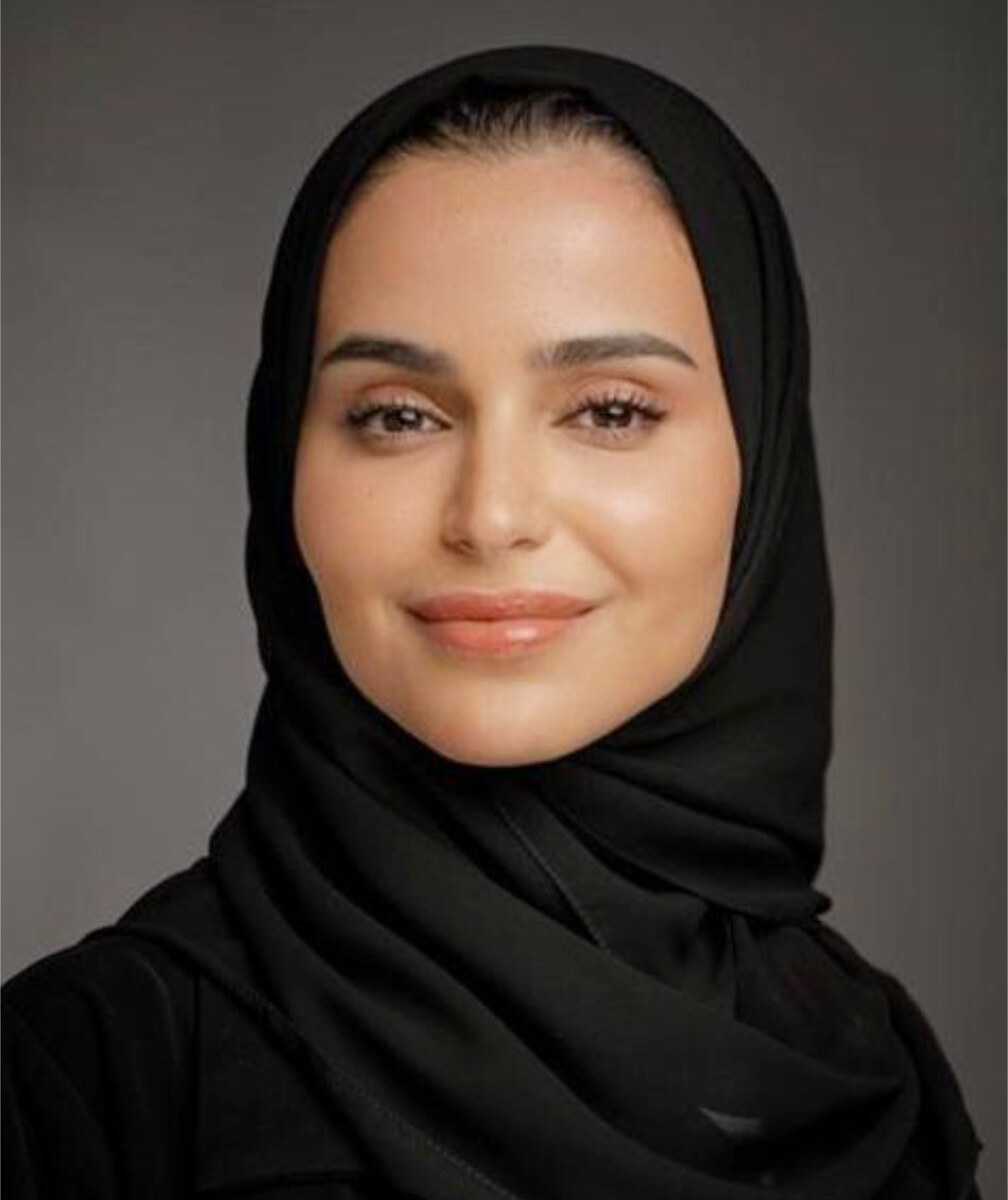Seaweed as a workhorse of the regenerative blue economy
https://arab.news/pqnxk
As Saudi Arabia positions itself as a leader in the regenerative blue economy, combining sea-based activities with sustainable development, all eyes are turning to a long-overlooked resource: seaweed.
Seaweed represents a group of about 10,000 photosynthetic multicellular species that grow in the lighted zone of the ocean, mostly attached to the seafloor.
While it has provided economic and cultural benefits to Asia-Pacific nations for millennia, most people around the world, including in Saudi Arabia, are only aware of seaweed as an ingredient in sushi or miso soup.
As an indicator of this huge awareness gap, the first legal code governing the deployment of algal farms in Japan actually dates from the times of Prophet Muhammad.
In the 21st century, seaweed is emerging as a valuable commodity for sustainable development, yet there remains massive untapped potential.
Every hectare of ocean can support seaweed farming, with the area that can be farmed sustainably estimated at 48 million sq. km, matching the global land area appropriated for agriculture.
Seaweed farming is, within that ceiling, a regenerative crop, as it removes excess nutrients and carbon dioxide from seawater and provides habitat for marine life, contributing to water quality while mitigating climate change.
Seaweed products are healthy for consumers and are climate-positive, carrying a near-zero water footprint, and a zero-chemical footprint, as synthetic fertilizers, pesticides and herbicides are not used in this industry.
Seaweed is rising as the Swiss army knife of marine biotechnology. Crops can be processed to yield nutraceuticals, pharmaceuticals, cosmetics, high-value molecules, polymers displacing synthetic ones, biochar and biofuels.
All these products can be produced concurrently using biorefinery approaches, with their combined value potentially multiplying by at least 50-fold the value per tonne compared to conventional single-product uses. As a result, we are witnessing an algal revolution.
Saudi Arabia’s aquaculture program under the Ministry of Environment, Water and Agriculture includes seaweed farming, while Red Sea Global is exploring the potential of this regenerative marine crop.
Research led by the King Abdullah University of Science and Technology has identified a range of promising compounds for pharma, which we named Thuwalallenes, from the Red Sea algae Laurencia.
The Red Sea seaweed Asparagopsis is making headlines as a global climate solution.
Feeding one spoonful of dried Asparagopsis to cows and other ruminants every other day has been found to greatly reduce methane production — something which accounts for 18 percent of global greenhouse gas emission.
Hence, a Red Sea seaweed farming industry can also be a tool to fight climate change at scale. This can be supported by the more than 200 species identified in the Red Sea, of which about 10 percent are unique to the region.
The blue economy of the Red Sea is open for business with huge investment opportunities. This includes regenerative tourism, led globally by Red Sea Global, nutrition, cosmetics, technology and energy.
Seaweed farming can contribute to many of these pillars, as a superfood, a source of material for biotechnology, biofuels, and, although historically overlooked, an intrinsic part of the natural capital of Saudi Arabia.
• Carlos Duarte is executive director of the global coral reef research and development accelerator platform at King Abdullah University of Science and Technology































